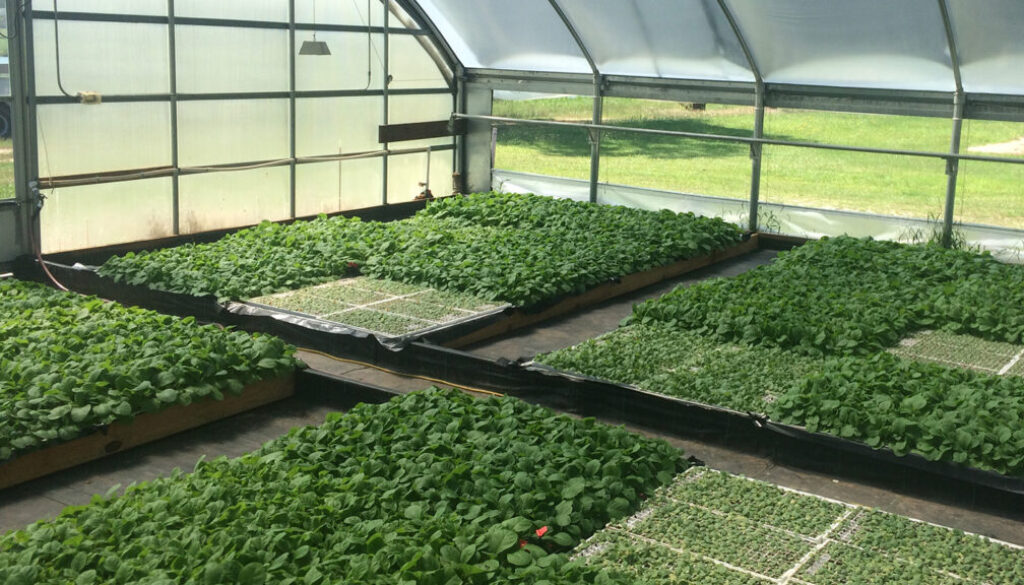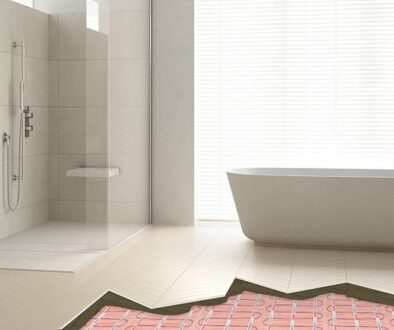Propagation Bottom Heats
When propagating plants, particularly stem cuttings, providing bottom heat helps optimize root development without heating (and so drying off) the tops of the plants. It may be used to produce the optimal environment for plant growth – cool tops and warm bottoms!
Bottom heat can be provided in a variety of methods, including:
- Buy a propagator with built-in base heating. These can range in size from windowsill propagators to enormous greenhouse propagators.
- Soil warming wires should be placed in damp sand with at least 5cm of sand above and below them. If the cables are buried exactly beneath an enclosed enclosure, such as a propagation case, this is most effective for propagation. Cables are available for a variety of applications, including propagation units, general greenhouse heating, and cold frame warming, so make sure you choose the proper one.
- Place a non-heated propagator under an electric blanket (one meant for the purpose, not a bed warming electric blanket).
- Layer fresh straw horse manure, soil, and a sprinkle of lime to create a ‘hot bed’ in your greenhouse borders (to neutralize the acidic manure). Make three layers of these and allow it for a few days to heat up before using.
Where possible, seek to select a heating solution with thermostatic control (with the exception of the ‘hot bed’ solution) so that you can guarantee the proper degree of heat is provided to the plants and that you are not overheating them.
It is critical to keep the clear cover over the plants while utilizing a heated propagation unit to preserve moisture.




